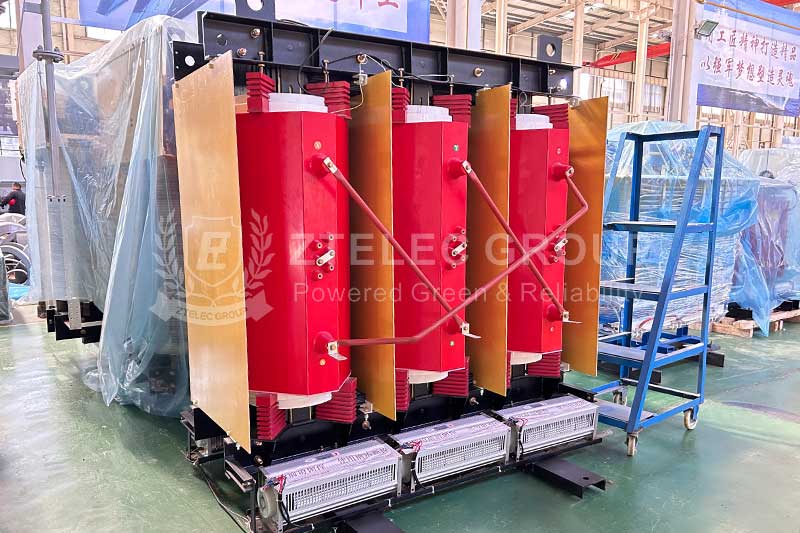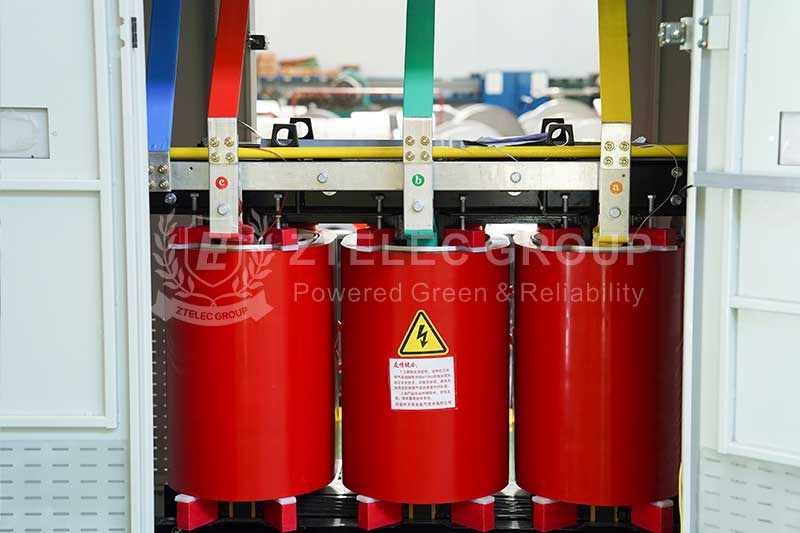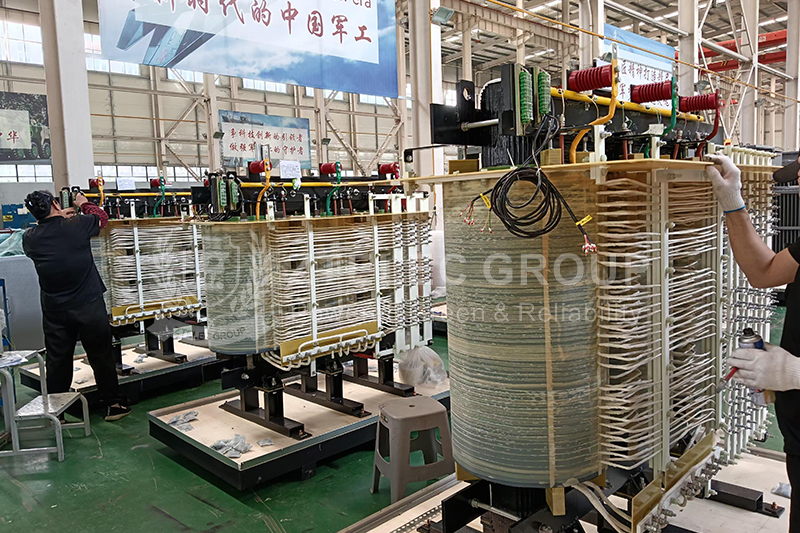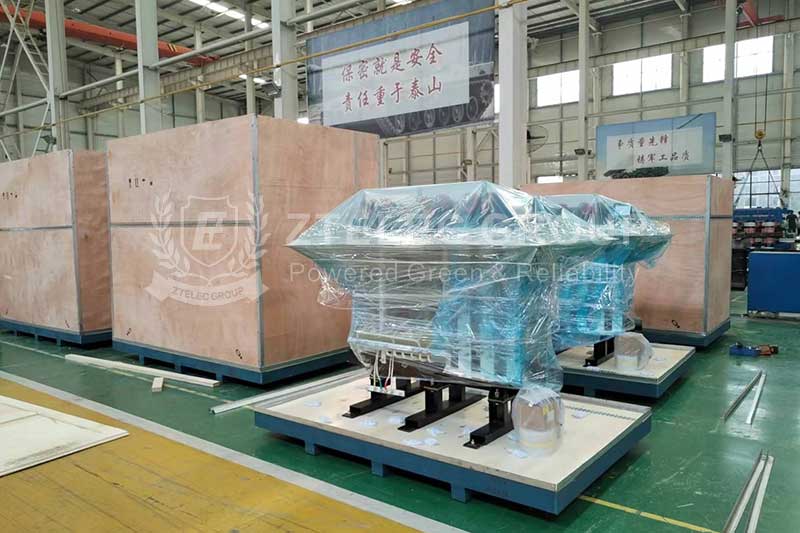How much can a transformer be overloaded?
Transformers have their own fixed capacity. When the power load exceeds this capacity, it is overloaded. The transformer capacity is fixed, and the primary and secondary voltages are also fixed. Then, the rated current of the primary and secondary is the maximum current that the transformer can carry. As the load increases, the primary and secondary currents will also increase accordingly. When the current value exceeds the rated current, it is overloaded.
Overload capacity of dry-type transformers
Dry-type transformers have a certain overload capacity, which is determined based on their design and the characteristics of the insulation material. Generally, the overload capacity of a dry-type transformer is about 10% to 20% of its rated capacity. This means that if a dry-type transformer has a rated capacity of 2000kVA, then its overload capacity is roughly between 200kVA and 400kVA.
In addition, dry-type transformers also have short-term overload capacity, that is, they can withstand a load higher than the rated capacity for a short period of time. Generally speaking, this short-term overload capacity can reach 150% to 200% of the rated load. However, the operating time of this short-term overload is usually limited to a few minutes to tens of minutes to avoid damage to the transformer.

What are the main causes of transformer overload?
① The main characteristic of excessive mechanical load is motor heating, which can be detected by reading the operating current on the display screen.
② The unbalanced three-phase voltage causes the operating current of one phase to be too large, resulting in overload tripping. Its characteristic is that the motor heats unevenly, which may not be detected when reading the operating current from the display screen (because the display screen only displays one phase current).
③ The current detection part inside the inverter fails, and the detected current signal is too large, resulting in tripping.

Risks of overload operation of dry-type transformers
Although dry-type transformers have a certain overload capacity, long-term or severe overload operation will have a negative impact on the service life and safety of the transformer.
Equipment failure: Overload will cause the internal temperature of the transformer to rise, accelerate equipment aging, and shorten the life of the equipment. Long-term overload operation may cause transformer winding insulation damage, short circuit and other faults.
Safety hazards: Overload will cause the internal temperature of the transformer to rise, which may cause safety accidents such as fire. Especially in high temperature, high humidity or dusty environments, the safety risk of overload operation is higher.
Energy waste: Overload will cause the efficiency of the transformer to decrease and increase energy waste. This not only increases operating costs, but may also burden the environment.
Understanding the overload capacity of dry-type transformers is of great significance for the selection and operation of power equipment. By rationally utilizing the overload capacity of the transformer, the capacity selection of the transformer can be reduced to a certain extent, thereby saving investment costs. At the same time, in certain specific scenarios, such as residential areas or shopping malls where night lighting is the main focus, the overload capacity of the transformer can be fully utilized to meet peak load requirements.
- more+releated article
- 2025-12-13G10 and FR4 Epoxy Boards: Commonly Used for Ge
- 2025-12-13Comparison of Heat-Resistant DDP Insulating Pa
- 2025-12-12Price of a 1600kVA 10kV Cast Resin Dry-Type Tr
- 2025-12-12How to Choose Epoxy Laminate Materials for Gen
- 2025-12-11Protection Configuration Principles for 35kV D
- 2025-12-11The Price of Heat-Resistant DDP Insulation Pap
- 2025-12-10Application Prospects of 10kV/35kV Oil-Immerse
- 2025-12-09How to Reduce the Maintenance Cost of Oil-Imme
- 2025-12-09How to Choose the Best 110 kV Oil-Immersed Pow
- 2025-12-08Heat-Resistant DDP Insulation Paper





